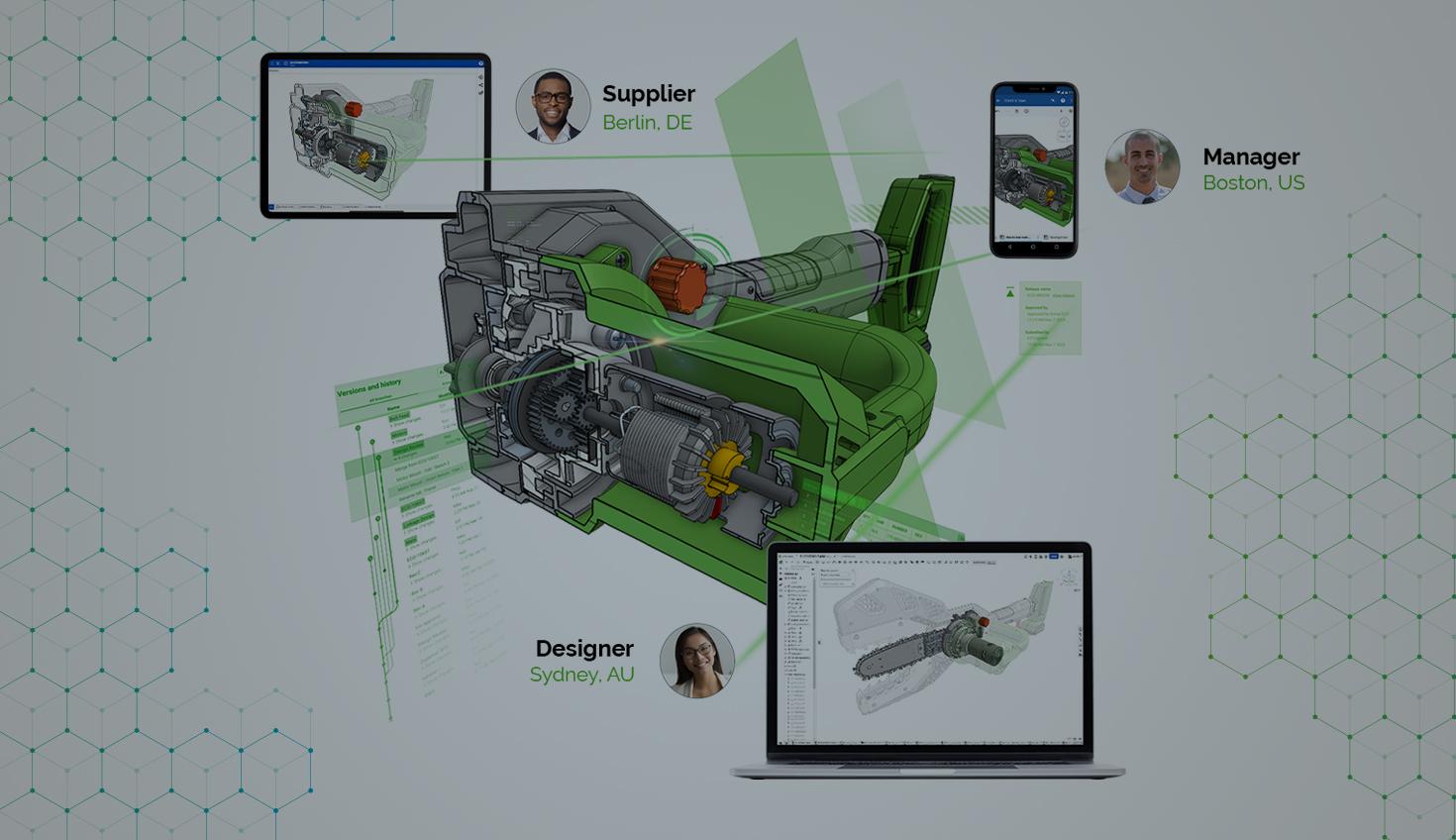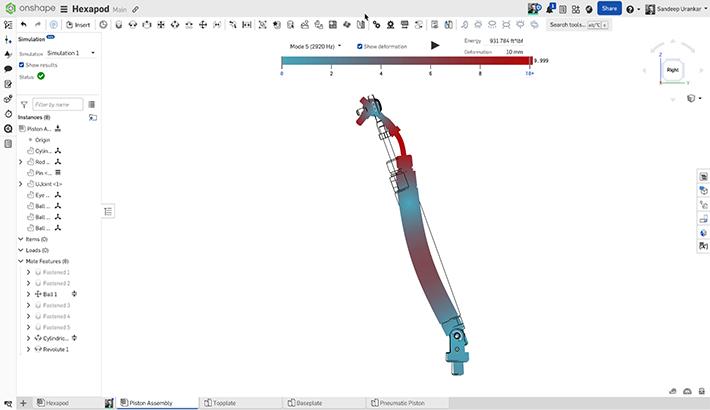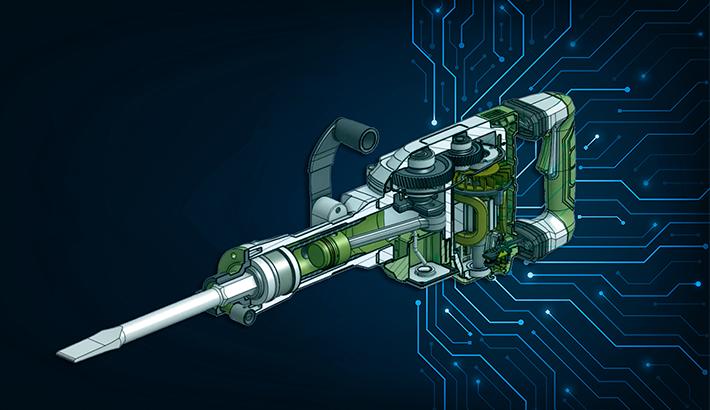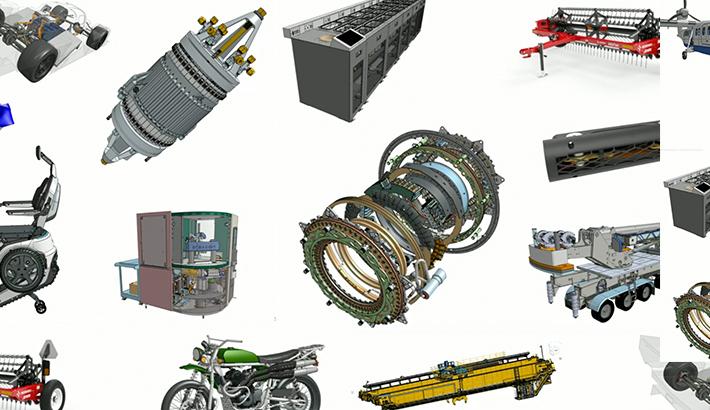
3:19
Evaluating CAD software as a product designer or engineer requires a nuanced and multifaceted approach. This process involves not only a comprehensive assessment of core, table-stake functionalities like parametric part modeling, assemblies, and drawings, but also a strategic examination of how CAD tools integrate into the organization’s broader operational framework.
This blog shares five evaluation criteria to prioritize when assessing the best CAD packages for your team. These serve to provide a structured framework to guide your decision-making, ensuring that the selected solution not only fulfills current operational requirements but also enhances productivity and supports your organization's strategic vision for the future.
1. Accessibility, Flexibility, and Scalability
Modern CAD platforms must meet diverse needs, from individual contributors to global, cross-functional teams, while growing with the organization. Accessibility ensures seamless work from any location via browser-based tools, eliminating device and hardware constraints. Flexibility allows integration with third-party systems and adaptivity to specialized workflows. Scalability guarantees robust performance year over year as teams grow and workloads become more computation-intensive over time.
What to Investigate:
- Hardware and IT investments needed to adopt the system and the time scales for deployment.
- Overall downtime and system crashes, including the reliability of underlying technologies like AWS.
- The nature of APIs implemented (e.g., REST) for building out partner integrations.
2. Cloud-Native Collaboration
Collaboration in product development is no longer confined to co-located engineers in physical offices on local networks. Cloud-based systems revolutionize teamwork by enabling real-time interaction, reducing delays associated with version mismanagement and communication gaps.
What to Investigate:
- Assess the availability of real-time collaboration tools for CAD models.
- Explore the availability of git-style branching and merging of CAD workspaces for agile/concurrent product development.
- Examine the availability of collaboration toolsets for non-technical users and external stakeholders.
3. Integrated CAD and PDM
Disjointed CAD and PDM solutions often create silos, increasing operational complexity and error rates. An integrated approach streamlines data flow, enhances traceability, and automates administrative tasks, enabling teams to focus on core design and development objectives.
What to Investigate:
- Evaluate functionalities for data restoration and assess the risk of potential data loss.
- Explore the availability of modern version control systems, such as git-like versioning for CAD data.
- Examine how workflow and release management are implemented within the CAD/PDM system.
4. Security and Compliance
The migration of CAD systems to cloud architectures necessitates a heightened focus on data security and regulatory compliance. Intellectual property represents a critical organizational asset, and its protection is non-negotiable.
What to Investigate:
- Examine the encryption technologies utilized.
- Understand how encryption at rest functions compared to encryption during data transit.
- Evaluate compliance with regulations like ITAR and EAR, if required for specific projects.
5. Ease of Use and Adoption
Even the most feature-rich CAD software can fail to deliver value if it cannot be effectively adopted by its users. An intuitive interface, combined with comprehensive onboarding and support, accelerates the learning curve and maximizes productivity.
What to Investigate:
- How technical support works when faced with an issue
- How new users are onboarded, what training and certifications are available for them and what is the average migration experience.
- Whether discovery programs and or free trials are offered to assess the ease of use for common use cases.
Evaluation Criteria for CAD Software
Choosing the best CAD package is a critical decision that impacts not only the immediate productivity of your team but also the long-term success of your organization. By focusing on the five essentials outlined above – Accessibility, Flexibility, and Scalability; Cloud-Native Collaboration; Integrated CAD and Product Data Management; Security and Compliance; and Ease of Use and Adoption – you can ensure that the software you select aligns with your current needs while positioning your organization for future growth.
A thorough evaluation of these areas provides clarity, mitigates risk, and enables your team to leverage modern CAD capabilities effectively. Remember, the right CAD solution goes beyond mere functionality – it becomes a strategic enabler for innovation, collaboration, and operational excellence.
Why Onshape?
Accelerate product development with the power of cloud computing, real-time collaboration tools, and a built-in PDM system – all for the same price as CAD.
Latest Content

- Case Study
- Automotive & Transportation
Zero Crashes, Limitless Collaboration, One Connected Workflow With Cloud-Native Onshape
12.04.2025 learn more
- Blog
- Becoming an Expert
- Assemblies
- Simulation
Mastering Kinematics: A Deeper Dive into Onshape Assemblies, Mates, and Simulation
12.11.2025 learn more
- Blog
- Evaluating Onshape
- Learning Center
AI in CAD: How Onshape Makes Intelligence Part of Your Daily Workflow
12.10.2025 learn more
- Blog
- Evaluating Onshape
- Assemblies
- Drawings
- Features
- Parts
- Sketches
- Branching & Merging
- Release Management
- Documents
- Collaboration
Onshape Explained: 17 Features That Define Cloud-Native CAD
12.05.2025 learn more


